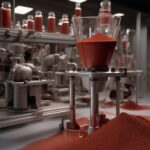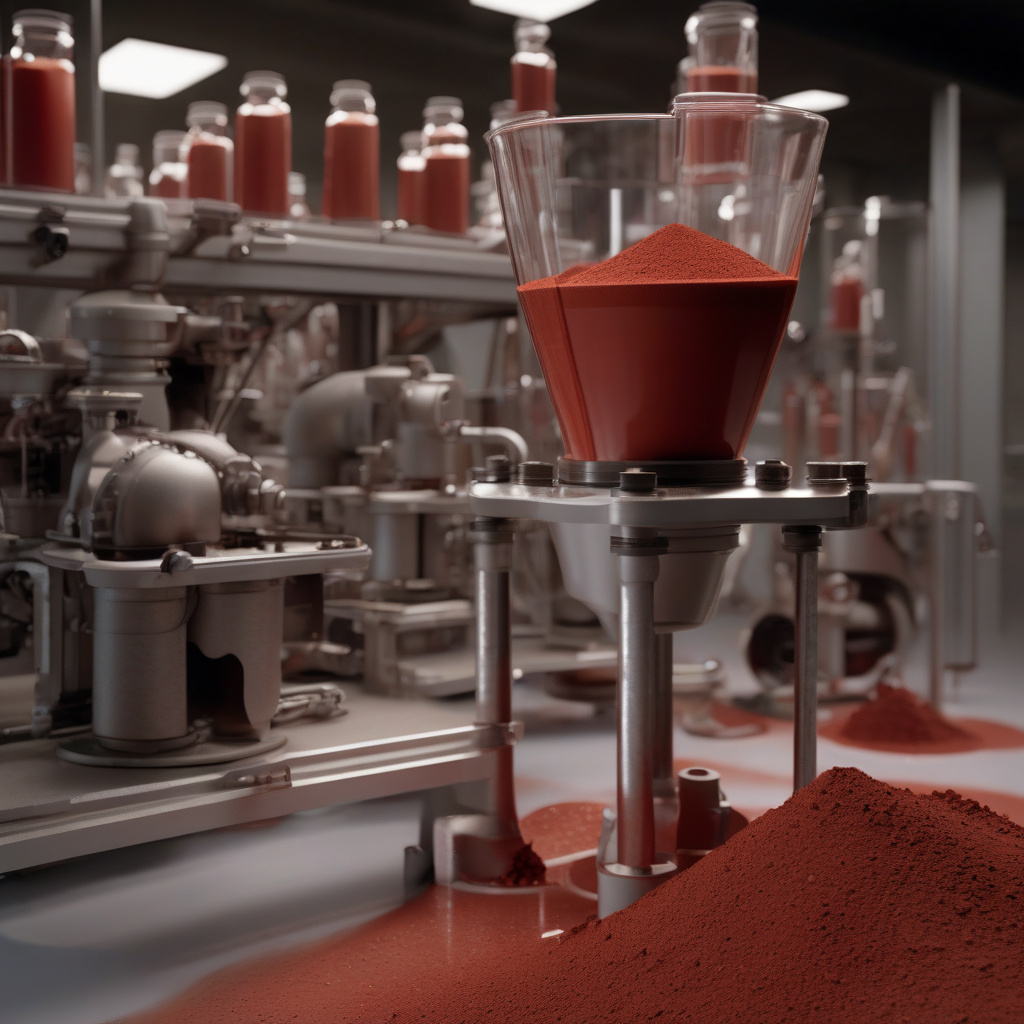Breaking News: Revolutionary Flash Method Removes 96% of Metals from Red Mud, Leaving Aluminum-Rich Residue
A team at Rice University has unveiled a fast and cleaner method to extract aluminum from red mud, a byproduct of aluminum production that is known for its high metal content. This breakthrough could potentially revolutionize the way in which aluminum is extracted and recycled, paving the way for a more sustainable and environmentally friendly future.
Red mud, also known as bauxite residue, is a highly alkaline waste product that is generated during the production of alumina from bauxite ore. It is estimated that over 150 million tons of red mud are produced annually, posing a significant environmental challenge due to its high metal content, particularly iron oxide and other heavy metals.
Traditionally, the process of extracting aluminum from red mud is both time-consuming and environmentally damaging, involving the use of caustic chemicals and high temperatures. However, the new flash method developed by the team at Rice University offers a more efficient and sustainable alternative.
The flash method involves heating red mud to high temperatures in the presence of nitrogen or ammonia gas, which results in the rapid removal of 96% of the metals present in the material. This process not only significantly reduces the amount of waste generated but also produces an aluminum-rich residue that can be easily purified and recycled.
One of the key advantages of the flash method is its speed. Unlike traditional extraction methods that can take hours or even days to complete, the flash method can extract aluminum from red mud in a matter of minutes. This not only increases efficiency but also reduces energy consumption, making it a more cost-effective solution for aluminum producers.
Furthermore, the flash method is significantly cleaner than traditional extraction methods. By minimizing the use of caustic chemicals and reducing the amount of waste generated, this new method has the potential to greatly reduce the environmental impact of aluminum production, making it a more sustainable option for the future.
In addition to its environmental benefits, the flash method also has economic implications for the aluminum industry. By streamlining the extraction process and producing a higher purity aluminum-rich residue, this method could potentially reduce production costs and increase profitability for aluminum producers.
Overall, the development of the flash method represents a significant step forward in the quest for a more sustainable and efficient way to extract aluminum from red mud. By removing 96% of metals from red mud and leaving behind an aluminum-rich residue, this method has the potential to revolutionize the aluminum industry and pave the way for a more sustainable future.
#AluminumExtraction, #RedMud, #Sustainability, #Innovation, #Recycling












